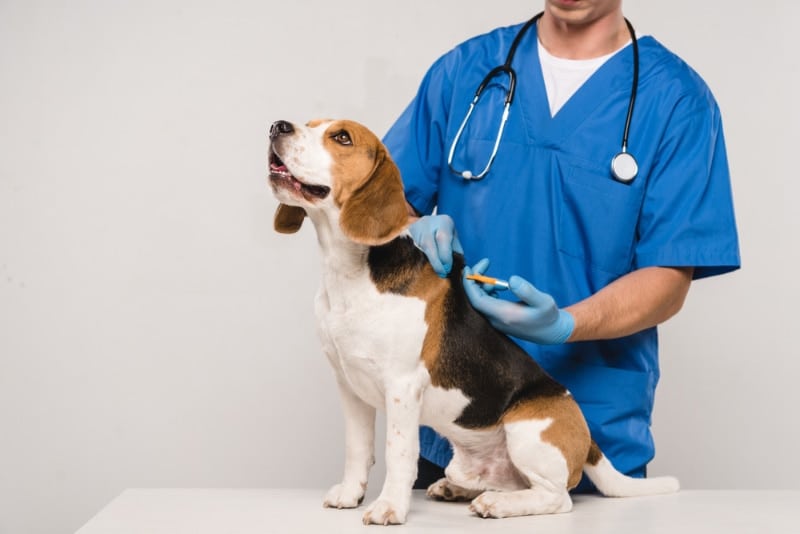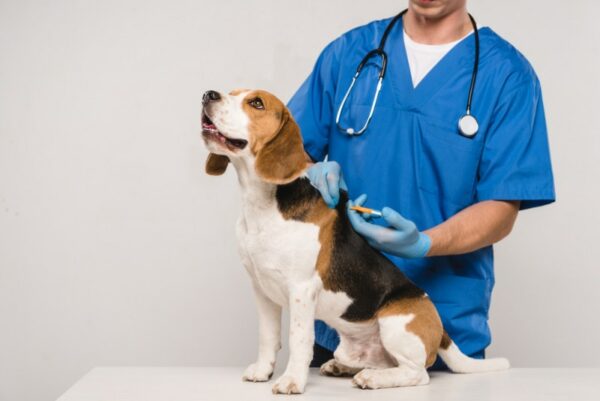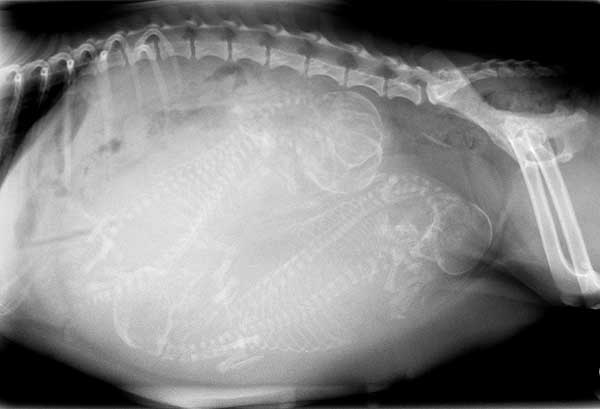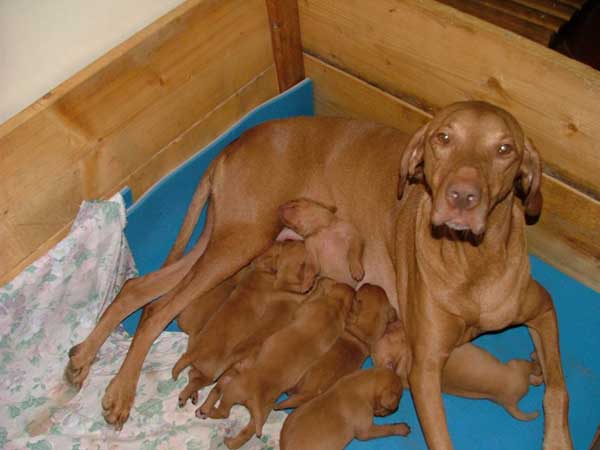Every job has its downsides, and mine is no exception. Being a veterinarian is the fulfillment of a childhood dream for me, but the career has its challenges and frustrations. Most vets complain, rightly, that they are underpaid and overworked, which is likely to get worse now that vet schools are multiplying like rabbits on Viagra and dumping hordes of new veterinarians onto an oversaturated market.
On a day-to-day basis, we must deal with fractious animals (which is part of the job, and no vet really has a right to complain about it) and fractious clients.
And then there are difficult cases. All vets have their own least-favorite type of case. I imagine some shudder at the thought of manually de-obstipating animals (a procedure that involves digging feces out of the rectum). Some may cringe when a complicated emergency comes in during a busy day of appointments. Others are emotionally exhausted from euthanasias, especially when the animal in question might survive if the owner could afford treatment.
Believe me, I do not enjoy performing de-obstipation or euthanasia, although I’m more fond of complicated emergencies than many vets. But I do have my own veterinary bugbear, a type of case that always makes me cringe: dystocia.
Dystocia occurs when a female dog encounters difficulty delivering puppies. Several specific aspects of dystocia rile me, but particularly annoying are some of the owners of the dog who suffer from dystocia: There are exceptions, of course, but these owners fall largely into two groups: breeders and people who don’t understand how dogs get pregnant.
First, let’s look at breeders
There are plenty of ethical, good breeders out there. But I assure you from firsthand experience that there also are plenty who are not, and they tend to be especially financially motivated.
They don’t want to pay for treatment, because it eats into their profits. And they are unbelievably litigious. The second their dog develops dystocia, they decide that every puppy — even if the puppies are not purebred — is worth $5,000, and that if any puppy dies it must be the vet’s fault. This is despite the fact that puppies suffer from high mortality rates under even the very best of circumstances, and dogs with dystocia are not in the best of circumstances.
They also assume that the puppies will cost nothing to raise, and that they all could be sold without difficulty or expense. If something goes wrong with any puppy later on, they sue for the inflated value of the puppy. If anything goes wrong with the mother, they sue for the inflated value of the mother, and the inflated value of the dozen large litters they were planning for her to have in the future.
This litigiousness is not merely a theoretical risk. I personally know four veterinarians who have been victims of frivolous lawsuits when dystocias went badly. And here’s the problem: Dystocias often go badly. (More on that in a moment.)
Also annoying: dog owners who don’t understand the birds and the bees
Members of this group are prone to saying one of the most legendary lines that any vet ever hears (and that every vet has heard at least once): “I didn’t think she’d get pregnant because I didn’t think she’d mate with her own brother.” That line says it all, but I’d much rather deal with a member of this group than a litigious breeder.
Treating dystocias
Treating dystocias can be a challenge, because they don’t just happen; something makes them happen. There may be too many puppies, or the puppies are too big. The puppies may be dead, or puppies not positioned properly. The mother may be weak, exhausted, or sick, or may have an insufficiently strong uterus to deliver her puppies. Whatever caused the problem makes treating it more difficult.
There are two ways to treat dystocia: medically and surgically. Medical treatment involves administering a hormone called oxytocin, often in combination with supplemental calcium and gentle traction on fetuses if they lodge in the birth canal.
I have gotten lucky a few times in my career and have seen dogs deliver entire litters after an oxytocin injection or two. I have also, more frequently, seen dogs give birth to no puppies or only some of them with medical management. Every vet has suffered the frustration of seeing all but one of the puppies born with medical management, necessitating surgery as a next step to get the last one.
If medical management fails, or if there is evidence of fetal stress, it may be necessary for a cesarean section. C-sections get the puppies out fast, but there’s a problem: The mother generally must be anesthetized, which anesthetizes the puppies as well. That means that the first thing they must do after being born is recover from anesthesia.
The few moments after a puppy is born are harrowing and dangerous enough under the best circumstances; adding anesthesia to the mix increases the chance of problems. My heart is always in my throat as my team works to get all of the puppies awake and breathing. Dead puppies make me as sad as (or sadder than) any other caring person.
C-sections are also a good way to get sued. Dogs who suffer dystocia are not good candidates for further breeding and would be best off spayed, since every episode of dystocia is life-threatening for the mother as well as the puppies. Many owners ask me to spay their dogs after the C-section, but some of them allow their greed to get the better of them after the fact. I know two veterinarians who have been sued for spaying dogs after C-section surgeries. In both cases the owners requested spays, but then changed their minds after the surgeries had been performed. Horrifically, the owner prevailed in one of the cases.
There are no two ways about it: Dystocia is harrowing and fraught with peril for dogs, puppies, and vets. But there is one thing about them that no decent human could possibly not find heartwarming. When the situation is resolved, if everyone is doing well, watching the mother with her new babies is enough to put a smile on just about anyone’s face.
Got a question for Dr. Barchas? Ask our vet in the comments below and your topic might be featured in an upcoming column. (Note that if you have an emergency situation, please see your own vet immediately!)
Read more by Dr. Eric Barchas:
- Why Do Some Dogs Keep “Showing Their Lipsticks”?
- Let’s Talk About Dogs and Euthanasia: When Is It Time? Should You Be Present?
- What to Do Before You Get to the Vet in 12 Emergency Dog Situations
- 12 Dog Emergencies That Need Immediate Veterinary Attention
- Just How Dangerous Is It to Falsely Call a Pet a Service Dog?
Featured Image Credit: LightField Studios, Shutterstock















